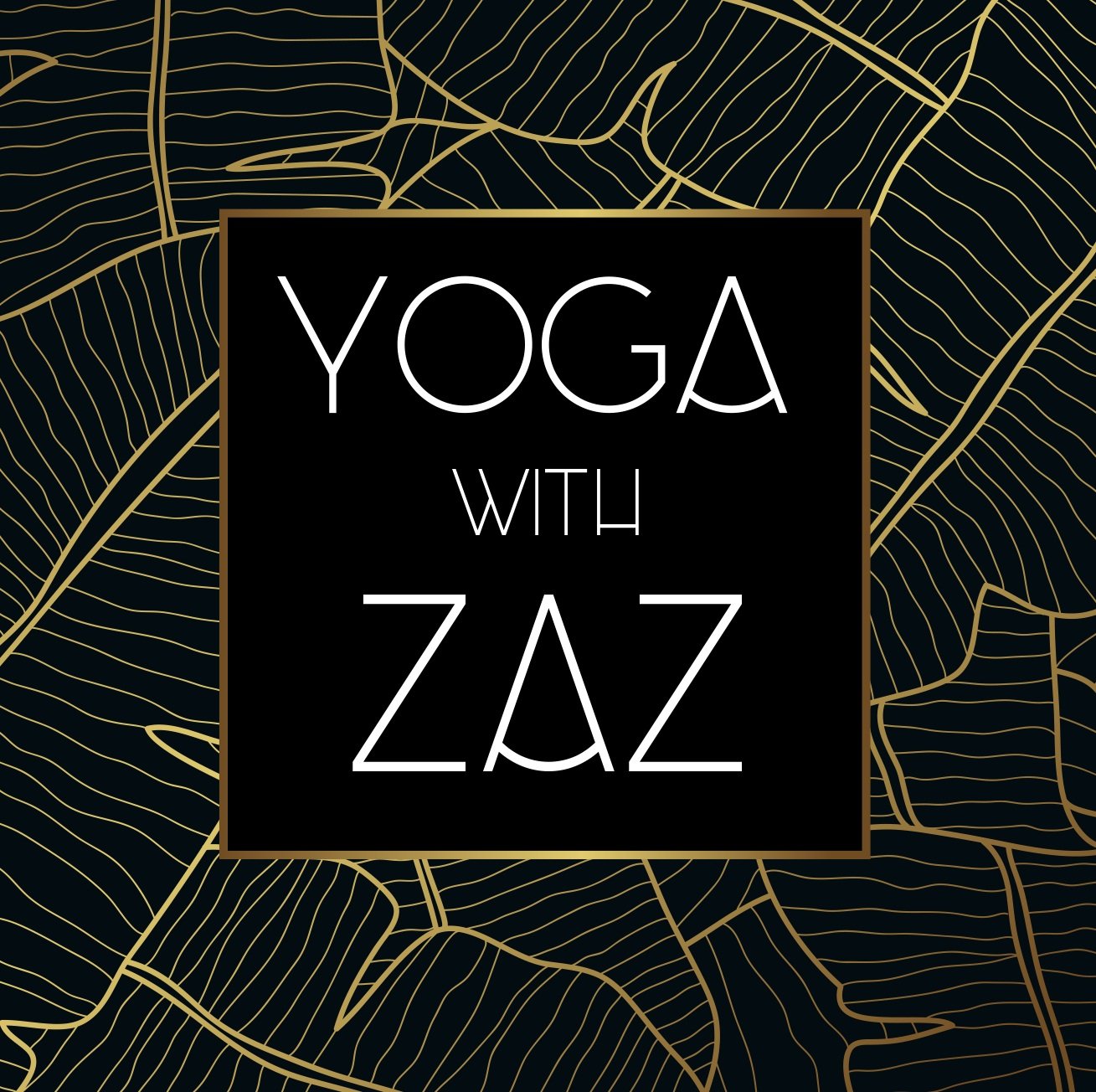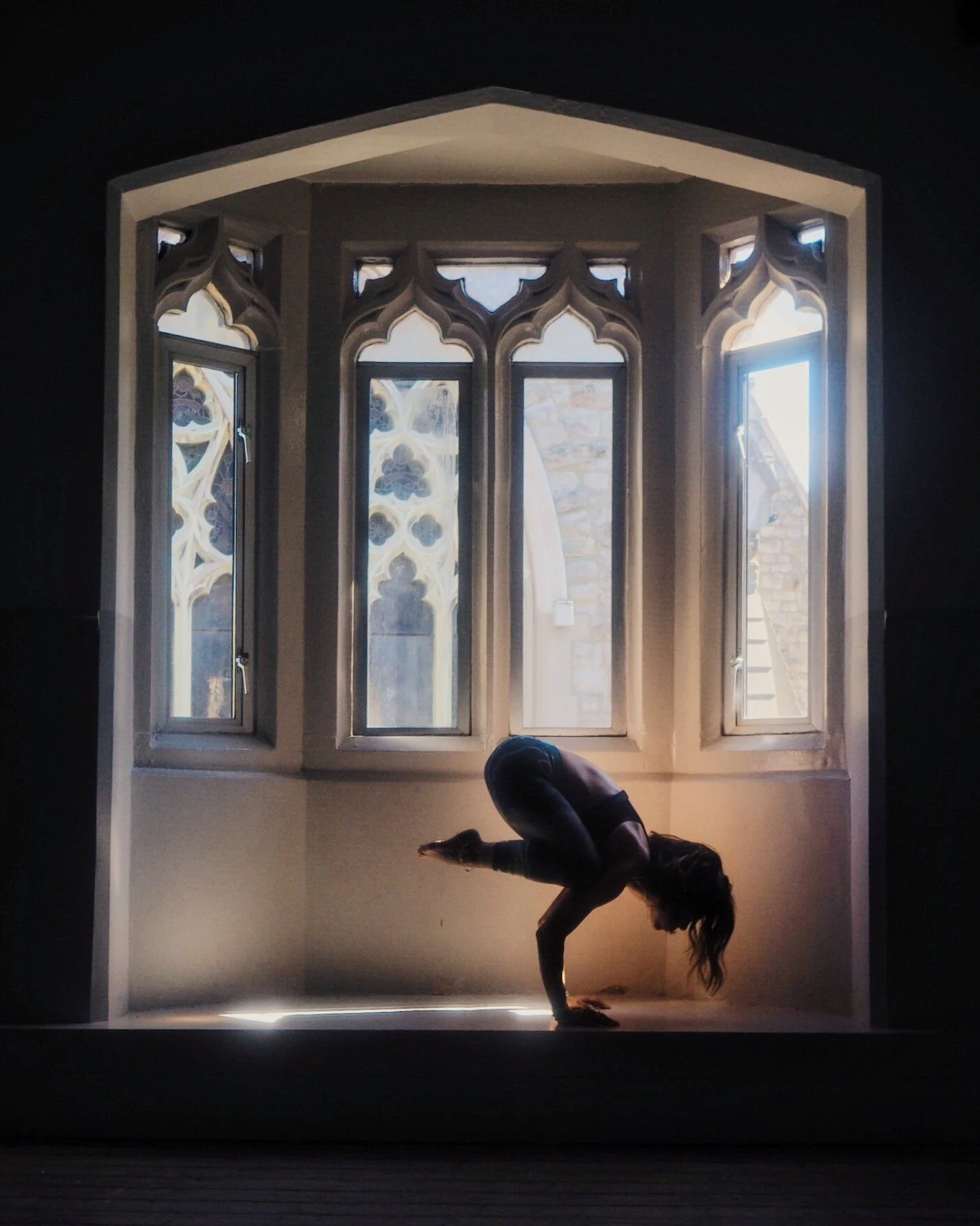Crow pose is one of the first arm balances often learnt in yoga - that delicate moment of discovering our ability to trust, be brave, and find the magical moment of balance as we float our feet off the ground. I’ve taught this pose to students between the ages of 4-74, and continually remind people that the pose doesn’t in fact require enormous strength, it’s far more about alignment and balance - architecture and engineering essentially.
But what’s the story behind this popular pose?
The sanskrit name for Crow pose is often mixed up with Crane pose, the progression of the posture, where the arms are straight, not bent. While I’ve previously done the same as I heard some of my favourite teachers do, and ask students to come into Bakasana, this is actually Crane Pose. Crow Pose in Sanskrit is Kakasana, which is onomatopoeic, and fits the name perfectly!
In the Mahabarata, a famous Indian epic tale of 2 families fighting to rule the land, one family of 5 brothers were banished from the kingdom and exiled. They lived in a forest for 12 years, thirsty and hungry. One day, they spotted a lake from atop their viewpoint up in a tree, and each brother in turn approached the lake to quench their thirst. Just as they arrived and were about to take a cooling sip, a loud voice warned them that to take a drink from this lake would mean their death. Too thirsty to heed the warning, one by one, each brother drank from the lake and died.
The last brother finally arrived, to find his beloved brothers dead. He was in turns horrified and saddened, and then the warning voice spoke again; this time, he saw who the voice belonged to. It was an a giant crane, who was in fact Yama, the god of Death, but the King saw only the great bird.
The crane declared that yes, it had killed the king’s brothers, and that if the king drank from the lake, he would die too. Naturally the king was not only saddened, but angry, however the crane spoke decisively to him - “If you can answer all my questions correctly, I will bring your brothers back to life”.
The crane began with the first question -
“What is happening in the world?” - it would have been simple and obvious to reply with information about the weather, to report on wars or the wealth in this or that kingdom. Today, we might talk about politics, environmental issues, crime, economics and so on. But the king answered “All living beings have forgotten their divine nature, that they hold the universe in them, and they are in a state of ignorance, living in a world made of illusions, or perceived reality, and this causes them to suffer.”
The next question came.
“What is the greatest wonder?” - The King did not tell the Crane of the pyramids, the great barrier reef or talk of human achievements. He replied instead that “The greatest wonder is that despite the fact that we see the passing of life all around us, somehow we believe that this won’t happen to us, that we will somehow escape death.”
Then the crane asked,
“What is the true path?” - The reply came immediately; “The true path lies in following those who have achieved self-realization and are not focussed on their egos. The truth is in their hearts, they live to give, and they share their knowledge and grace with those who truly desire it. If we follow them, then we will emulate those qualities.”.
The crane observed the man steadily, and the King stared unflinchingly back. The crane asked the final question.
“Who is happy in this world?” - instead of thinking of his enemies who now ruled his kingdom in riches, while he and his brothers, now dead, had been banished, calmly, and deliberately, the King answered, “The person who has come back to self, who has realized their truth, resolved their karma and owes no debts to the world of any kind. This person is truly happy and carries no heaviness with them.”
At this, the god of Death revealed himself, and was pleased by the answers he had received. He was pleased with the answers of the King, and kept his word, reviving his brothers.
The answers that the King gave to the seemingly simple, yet complex questions summarise what is known as the yogic path. That firstly, we forget our true nature, that all possibilities lie within us, and that we are connected to the divine. This is what causes our suffering, confusion and dissatisfaction with life. With this forgetting, comes our obsession with identifying so closely with our bodies, and despite the fact that death happens to everyone, we constantly fight against nature, against our natural letting go of the body. Once we realize these things however, we can start to alleviate things and shift. We can reconnect to our true self, and the more we connect to the divine within us, the more we experience lasting peace and fulfilment.
In crow pose and in crane pose, we have to keep our balance and focus, just as the king did when challenged, and we have to believe ultimately in our potential to find that moment of magical float.
If you’d like to do the yoga class that carries Crow pose as it’s theme, click the link below (you may be asked to create an account on Kuula, the platform I use, but this is only your name and email address).


